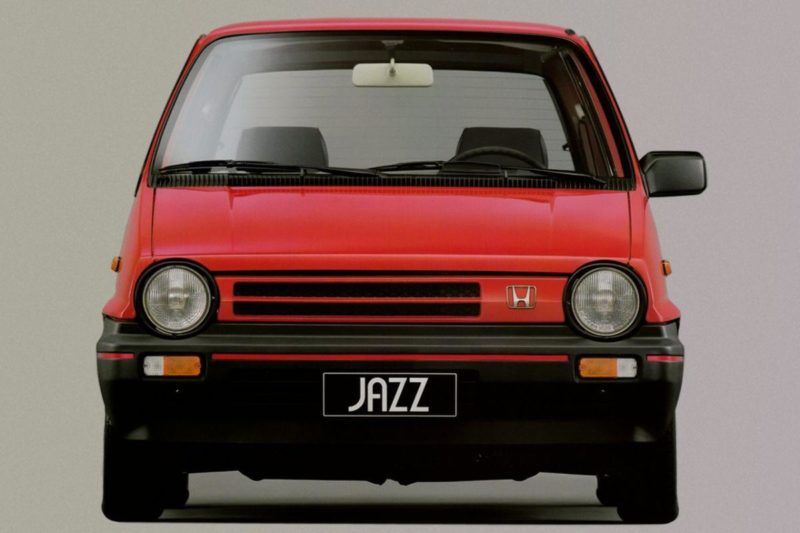Japanese cities have always been busy and full
There was little to no space for large cars. The Honda Jazz first appeared in 1981 as an extremely compact city car for busy city traffic in the home market. Two years later, Jazz was allowed to cross the border. After three years, Honda had seen it in this segment. The last copies entered the Dutch showroom in 1985. Exit Honda Jazz. In 2002 the Jazz would return to the Honda range. The current Jazz has 'magic seats' and a responsive 1.5 liter i-VTEC engine with a capacity of 130 hp.
The appearance of the Jazz was quite ... special
Short, narrow and high. The appearance was therefore not conceived to win design awards. The Jazz was practical, compact city transport. In the last year the Jazz models had 1231 cc eight-valve four-cylinder engines that did not differ much in terms of construction and which respectively delivered 45 or 56 hp. The difference in muscle balls was in the carburetors and the required fuel. One had a single breath. The quick version was equipped with a register carburetor. The fast block also required super gasoline. The bore and stroke of the blocks were identical: 66 x 90 mm. That made the Honda Jazz motor a good example of a long-stroke motor. The maximum torque was specified for 93 Nm at 3.000 rpm. The small Honda 150 real miles quickly with it. But that produced a lot of noise in the cabin. The optional five-speed gearbox was a pure overdrive and a good muffler. The long stroke was of course not only chosen because of the smooth running of the engine and the better torque at lower revs. There was simply no place for a power source with large drillings under the nose of the Jazz.
The Jazz was a brave, striking road user
His wheelbase was 222 cm, the total length was 338 cm. In addition, the box was still 147 cm high. That gave a lot of headroom. Fortunately, the altitude did not affect the crosswind sensitivity. When it came to the chassis, the Jazz did not go wrong either: he had Mc Pherson legs for it. But the rear suspension was also independent. The Honda Jazz braked front with discs, rear with drums. Due to the short wheelbase, such a Jazz was somewhat sensitive to small bumps and bumps. But the handling was fine. And tilt in curves? The cart hardly did that either.
The idea that Jazz was originally a city car for Asians was underlined by the seats. They were really on the tight side for Europeans. Longer journeys are guaranteed to result in back pain. The dimensions also meant that the Jazz was really no more than a two-seater with extra luggage space. On the plus: the passenger who was locked up in the back had at least enough headroom. Another minus point: in order to have some legroom for that prisoner, a front seat had to extend so far that there was hardly any room left for the owner of that seat.
No price toppers
Cars like the Honda Jazz of the first generation are not yet high-paid collector items. But in the current classic market, they are exotic. They are kind of endearing and could become just as popular from a Randstad perspective as Fiat 500s.




A wonderfully endearing cart. I really liked this little car!
Driven 13 as a starting doctor for years. First with gray license plate and then the bpm was finished with yellow. Ideal and super cheap.
They may become just as popular, but they drive much better than the Turin coffee grinder!
My wife still regrets that she has disposed of hers!
I always thought it was a nice car to see.
Tamiya delivered him as an RC model in a sporty outfit.
Nice article about a syphatics voituurke. Thanks!
We also liked it! There are too many fun and affordable classics that used to determine our street scene, but have now been forgotten. Our tribute is therefore sincere!